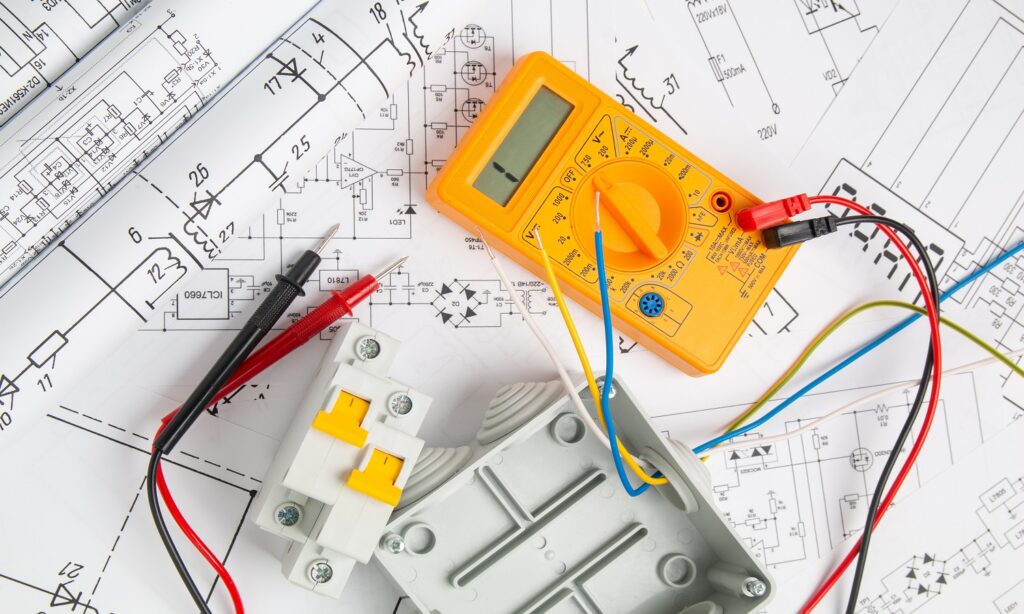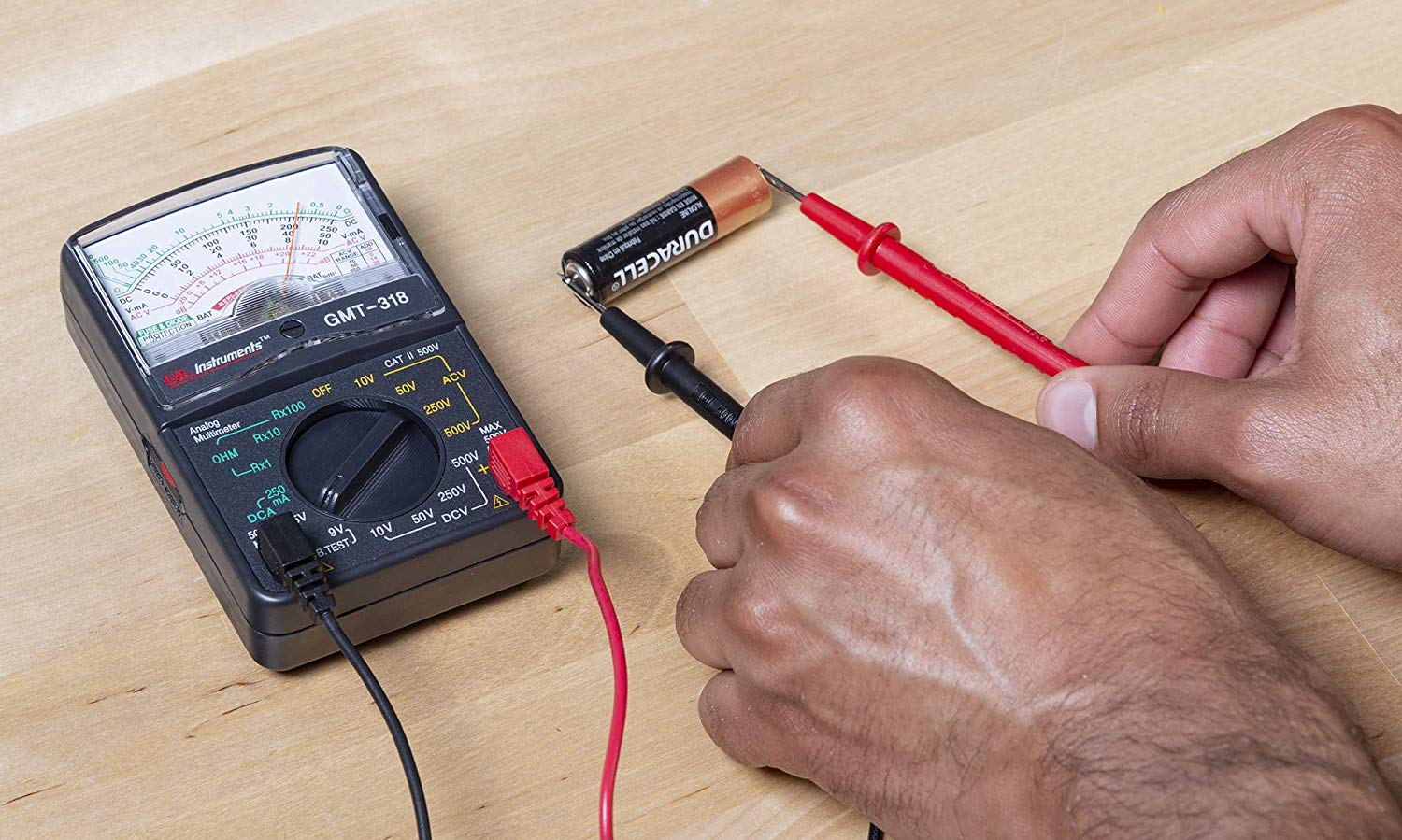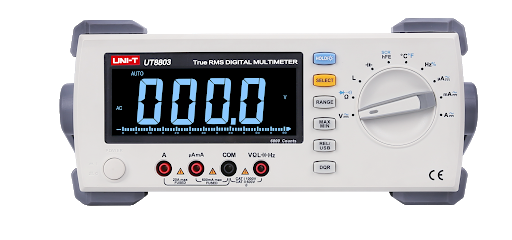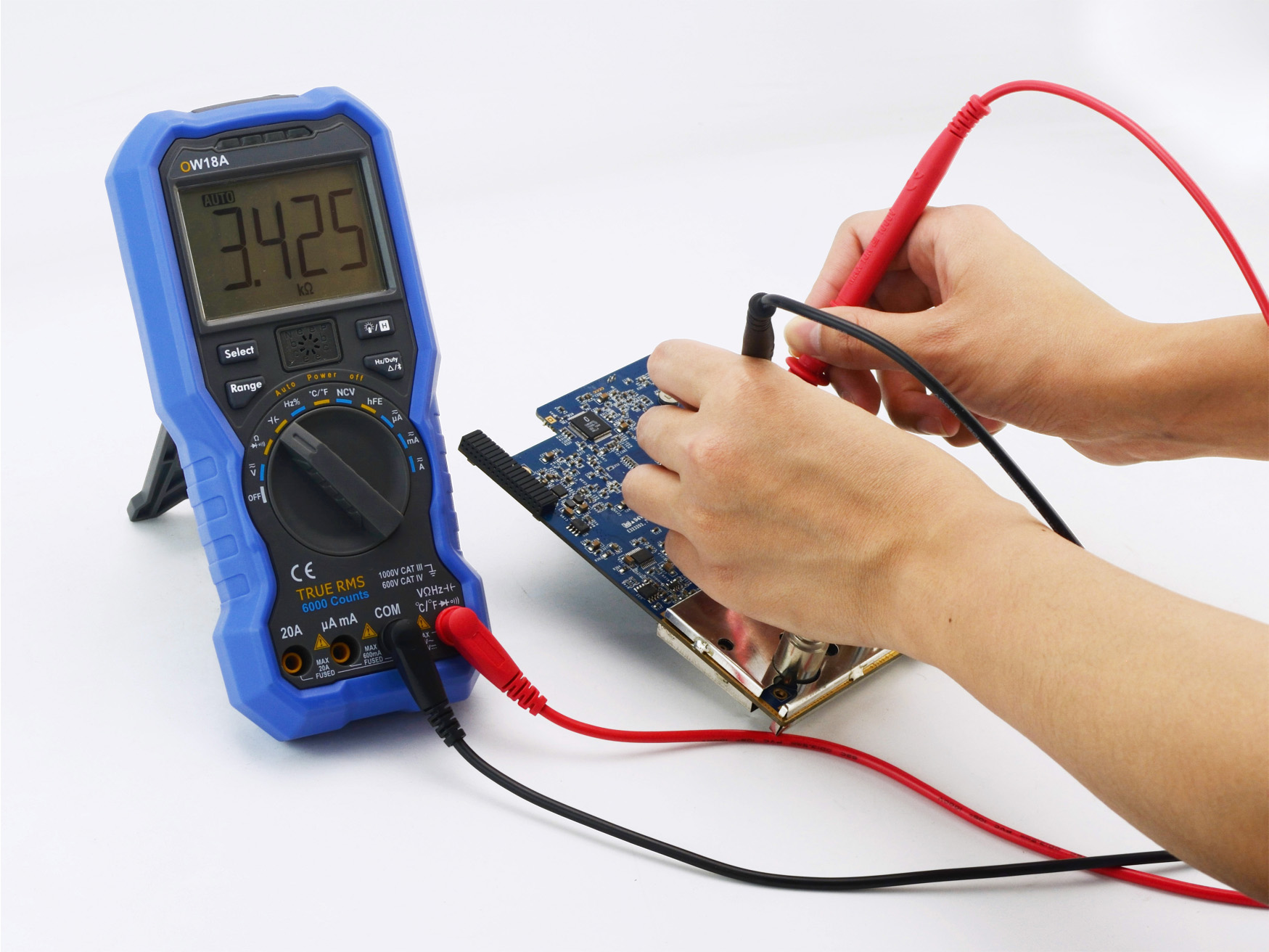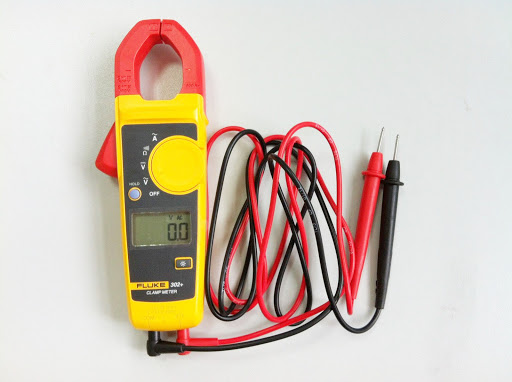A multimeter is also known as a VOM (volt-ohm-milliammeter) can measure a wide range of properties such as frequency, inductance, resistance, and conductance. Most technicians and engineers who are exposed to any field of electronics know the value of a multimeter. Multimeters save a lot of time by accurately detecting electrical faults. There are many things that one should know about the different types of multimeters available on the market with different functions and benefits. Find out here about the types of multimeters and which one will best suit your needs. Read this new blog in Linquip to find out more about them.
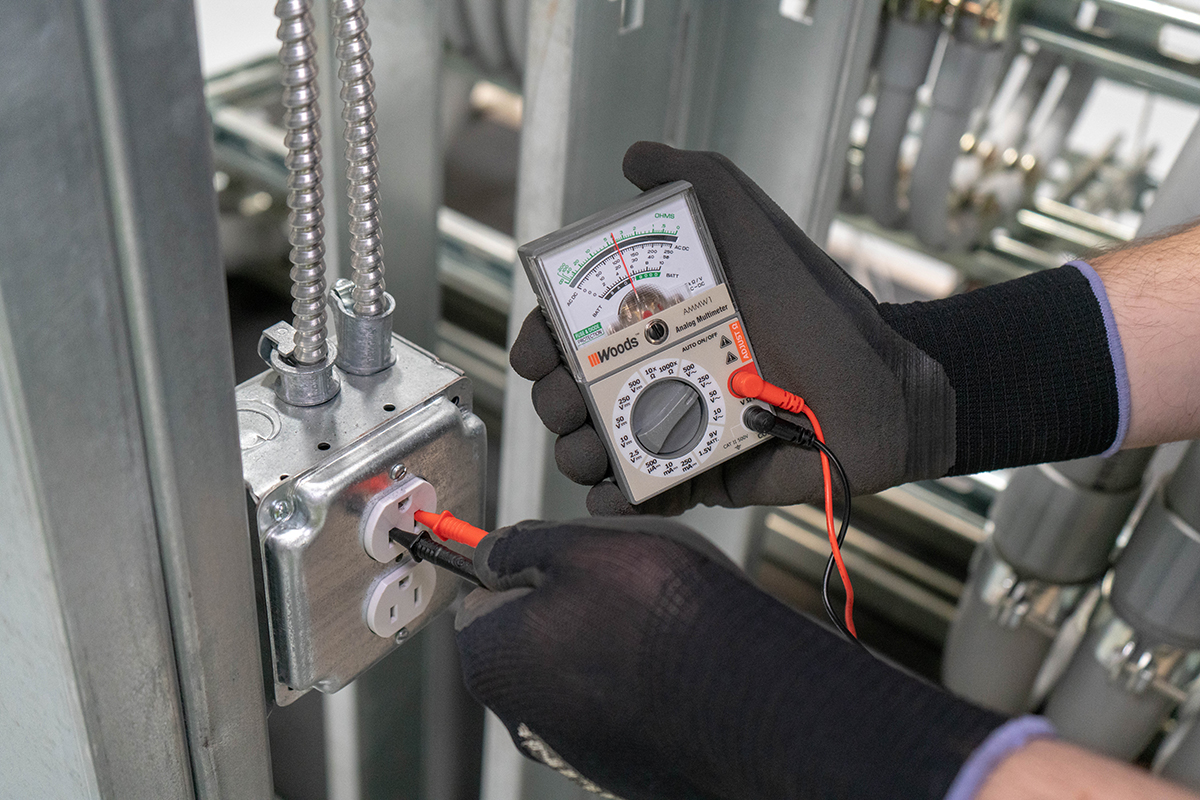
Types of Multimeters
Multimeters are divided into two types depending on the way the indication is displayed: analog and digital. these two types of multimeters are used to obtain certain amperage, voltage, and current results and measure and fault detection in electrical circuits. Also, types of multimeter prices are available in a wide range starting from $10 and going up to $1500. This depends on the brand and the included features. Below are descriptions of what you can look for when it comes to different multimeter products in stores or online for purchase.
-
Digital Multimeters
This is the most common type of multimeter on the market today. As opposed to analog multimeters, the digital multimeter comes with a battery that powers the display. It has a much more compact shape and usually has an LCD where the readings are shown. It has a knob and plugs and it usually comes with its probes. Because it digitizes the analog signals, this type of multimeter can add noise, and it sometimes becomes challenging to isolate the signal from the noise. Besides, digital multimeters are not the best when it comes to testing semiconductor electronic parts. The main advantage of the digital multimeter is that it has higher accuracy and speed for both positive and negative values, by comparison to analog ones. This multimeter makes use of digital circuits which means that it measures current in discrete increments. A digital multimeter may not be ideal for measuring values that are changing constantly. Digital multimeters can be categorized into three basic types: the auto-ranging, clamp digital, and the fluke digital multimeter.
-
Analog Multimeters
Analog multimeters were the first kind of multimeter ever made, and a lot of people like to use them because of their simplicity and the fact that they are cheaper. Analog multimeters have been used long before digital multimeters even existed. As their name suggests, they do not include electronic parts and work using moving coil meters and a pointer. Analog multimeters measure in a continuous range of values. When buying an analog multimeter, make sure that the meter has a high sensitivity because a low-sensitivity multimeter may upset the circuit leading to inaccurate readings. One of the reasons why some electricians still prefer to use analog multimeters is the fact that they can measure fluctuations in the readings and don’t need electricity in order to work. Also, the required investment is much lower.
Here is another category of types of multimeters according to the way they can be applied since each has unique traits. We can split it loosely into three distinct categories and each one may be an ideal choice for certain fields and professions. These categories will include:
-
Benchtop Multimeters
This multimeter is desirable for high-precision testing and design labs due to its extra decimals of precision above handheld meters. It is also designed to hold their accuracy for a longer time and allow periodic calibration to ensure that they are giving the technician an exact value. They are expensive, and a bit bulky for everyday use when mobility is key. But for a permanent bench setup, they have been highly sought after. It will be the meter of choice for military, avionics, semiconductor, and communication system electrical design and testing. You would likely spend hundreds or thousands of dollars for this kind of excellent quality multimeter.
-
Hand-held Multimeters
This category is the stereotypical voltmeter candidate. When you need to test an everyday component or check the voltage of a car battery, this is the ultimate handy tool. The variation is usually just in the size of the unit. They will almost always have a round dial in the center to select the function, a liquid crystal (LCD) digital display above the dial, and the plugs for test leads right below the dial. More robust meters with a wider array of functions tend to be a bit larger, while some can fit easily in a pocket, great for low-risk, low-investment quick testing.
-
Specialty Multimeters
The clamp multimeter is common for industrial use where large currents and voltages are in use. The current driving motors would be far too large to ever test through a typical multimeter, and it would be extremely dangerous to be exposed to such a high energy output test point. These special multimeters can measure current by simply being placed around a safe, insulated conductor. Typically they just measure AC, but some of them also measure small DC amperages as well, these are very useful.
Remember when choosing between two major types of multimeters, make sure you select the one with the right features needed for whatever you are measuring.
So, there you have every single detail about the different categories of the multimeter. If you enjoyed this article in Linquip, let us know by leaving a reply in the comment section. Is there any question we can help you with? Feel free to sign up on our website to get the most professional advice from our experts.
Buy Equipment or Ask for a Service
By using Linquip RFQ Service, you can expect to receive quotations from various suppliers across multiple industries and regions.
Click Here to Request a Quotation From Suppliers and Service Providers
Read More In Linquip

